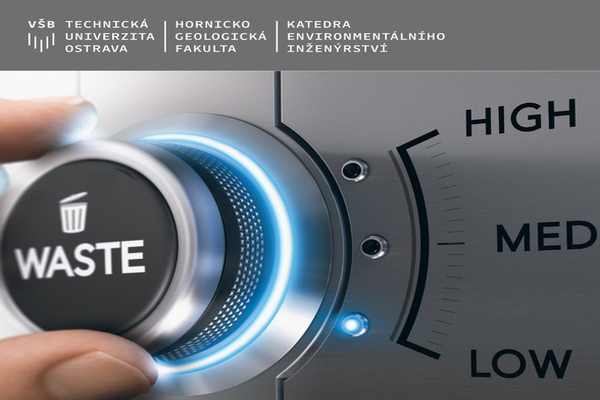It is devoted to basic methods of optical identification of minerals in transmitted and reflected light in relation to the use of computers equipped with image analysis. The basic range of rock-forming and ore minerals is enhanced with an overview of the structures of igneous, sedimentary and metamorphic rocks.
Schedule exercise of microscopy in transmitted light is as follows:
1 .The character of light - theoretical introduction. Refraction and reflection of light. Polarization of light.
2. The distribution of substances by optical properties. Polarizing microscope.
3. Preparation of microscopic slides. Determination of grain size. Properties of minerals during observation nezkřížených not.
4. Properties of minerals when viewed in crossed not. Quenching.
Interference colors. Compensators. Adhesions, and transformation.
5. Character Zones (character length). Optical character mineral. Working with compensators.
6. Systematic Mineralogy - an overview of the optical properties of selected
rock-forming minerals.
7. Overview of the structures of igneous rocks.
8. Digital image analysis and its possibilities in mineralogy. Submission and checking of entered programs.
9. The construction of the microscope for reflected light, the types of curtains, eyepieces and objectives, vertical illuminator (indoor vertical, internal oblique lighting, external oblique lighting).
10. Types of drugs used in reflected light microscopy (theory and demonstration of making polished sections in the laboratory). Centering microscopes, centering the lamp.
11. The color of minerals, the difference between colored and colorless minerals. Errors in determining the color of minerals. The reflectivity of ore minerals and coal.
12. Observations of the external oblique lighting - interior reflections of ore minerals. Properties of minerals in polarized light, sources of errors in observation in polarized light.
13. Evaluation of sets of unknown ore minerals in reflected light in terms of their optical properties. Passing the final test of the reflected light.
Schedule exercise of microscopy in transmitted light is as follows:
1 .The character of light - theoretical introduction. Refraction and reflection of light. Polarization of light.
2. The distribution of substances by optical properties. Polarizing microscope.
3. Preparation of microscopic slides. Determination of grain size. Properties of minerals during observation nezkřížených not.
4. Properties of minerals when viewed in crossed not. Quenching.
Interference colors. Compensators. Adhesions, and transformation.
5. Character Zones (character length). Optical character mineral. Working with compensators.
6. Systematic Mineralogy - an overview of the optical properties of selected
rock-forming minerals.
7. Overview of the structures of igneous rocks.
8. Digital image analysis and its possibilities in mineralogy. Submission and checking of entered programs.
9. The construction of the microscope for reflected light, the types of curtains, eyepieces and objectives, vertical illuminator (indoor vertical, internal oblique lighting, external oblique lighting).
10. Types of drugs used in reflected light microscopy (theory and demonstration of making polished sections in the laboratory). Centering microscopes, centering the lamp.
11. The color of minerals, the difference between colored and colorless minerals. Errors in determining the color of minerals. The reflectivity of ore minerals and coal.
12. Observations of the external oblique lighting - interior reflections of ore minerals. Properties of minerals in polarized light, sources of errors in observation in polarized light.
13. Evaluation of sets of unknown ore minerals in reflected light in terms of their optical properties. Passing the final test of the reflected light.
